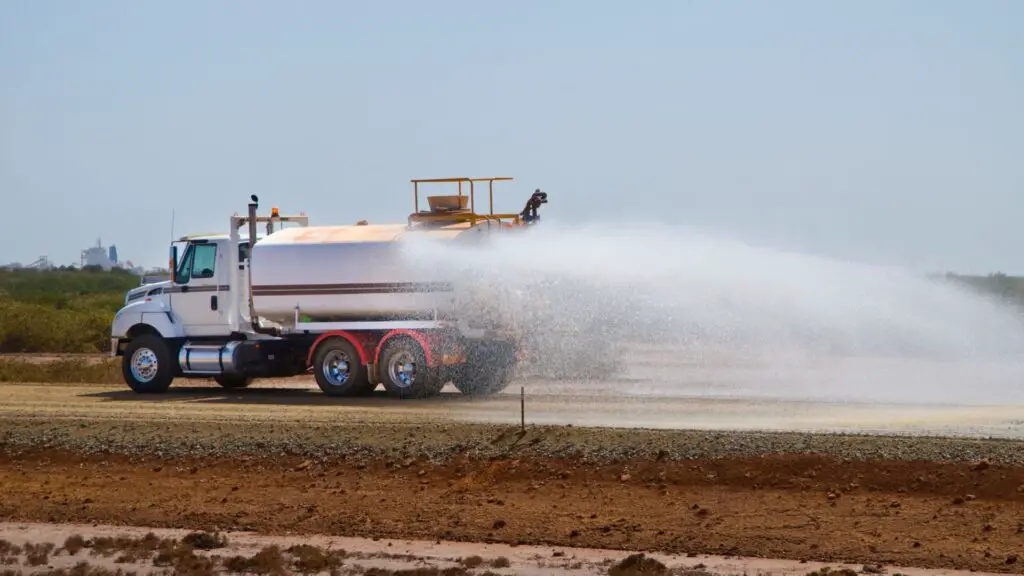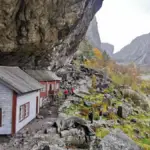Civil engineering projects have a tremendous environmental impact, from road building and building renovation to developing infrastructure systems. To protect their community from potential ecological impact of their projects, civil engineers should assess and mitigate any possible ecological damage of their projects; as responsible stewards of the environment
They must also assess and mitigate their potential ecological effects with mitigation plans such as vegetation management reports that offer valuable insight and recommendations on responsible vegetation management for long-term environmental health and balance in their project area.

What is vegetation management report?
Vegetation management reports are detailed documents that examine and address all aspects of vegetation within a civil engineering project. They offer insight into existing plant populations by documenting species composition, distribution density and ecological features of existing vegetation – providing civil engineers with a better understanding of vegetative landscape and its relevance for their project.
· Identify and Preserve Endangered or Sensitive Plant
One of the primary focuses of vegetation management reports is to identify and preserve endangered or sensitive plant species within a project area. Such reports take into account any relevant regulations or guidelines regarding their protection and propose mitigation measures to ensure their preservation. By protecting endangered plants, civil engineers help preserve biodiversity as well as contribute to environmental health in general.
· Potential Effects of Construction
Additionally, vegetation management reports assess the potential effects of construction projects on existing vegetation. They evaluate factors like clearance of vegetation, soil disturbance and changes to hydrological conditions that could threaten its health and viability; by understanding these impacts civil engineers can develop appropriate strategies to preserve, restore or compensate for these effects in order to maintain ecological balance and ensure ecological balance is preserved.
Also Read: Environmental Problems In Rawalpindi And Islamabad
· Adding New Plant Life
Vegetation management reports not only consider protecting existing vegetation, but also consider potential benefits and risks of adding new plant life to a project area. They assess which plant species best suit specific site conditions depending on factors like soil quality, water availability and climate; by choosing appropriate species civil engineers can increase ecological value within their project area while simultaneously increasing biodiversity while providing ecosystem services such as soil stabilization or habitat creation.
· Interaction With Various Infrastructure
Vegetation management reports focus on how vegetation interacts with various infrastructure elements. Trees and other forms of vegetation situated near roads, buildings or utility lines may pose risks such as root intrusion, canopy encroachment or fallen branches that should be addressed via trimming/removal services, root barrier installations or alternative planting strategies to maintain safety while simultaneously conserving ecological value of surrounding vegetation. By managing such risks effectively civil engineers ensure infrastructure remains functional while at the same time protecting ecosystem values in their vicinity.
Also Read: Solar Batteries : A Step Towards Sustainable Infrastructure
Like Us on Facebook!
Water management
Water management is another critical consideration of vegetation management reports. Vegetation, particularly trees and large shrubs, plays a critical role in regulating water flow, preventing erosion, and increasing groundwater recharge rates. These reports analyze potential changes to runoff patterns, soil moisture levels and drainage systems due to projects; then suggest measures like green infrastructure design, erosion control or retention ponds as ways of mitigating their effect on hydrological systems while still upholding ecological balance.
Subscribe Us on YouTube!
Collaboration is the key
Civil engineers and environmental consultants work in close cooperation when developing vegetation management reports. Environmental consultants bring their expertise in botanical surveys, ecological assessments and vegetation mapping to provide reliable data that ensures recommendations meet environmental regulations, best practices and specific project requirements.
Proactive and Holistic Approach
Vegetation management reports are designed to facilitate a proactive and holistic approach to vegetation management throughout a project’s lifecycle. They provide guidelines for ongoing monitoring and maintenance of vegetation in an area, such as regular inspections, managing invasive species effectively and habitat restoration – practices which civil engineers can implement in order to maintain long-term health and vitality of plant life within an area and promote ecological sustainability.
Vegetation management reports are integral components of civil engineering projects’ sustainability, helping reduce environmental impacts by limiting plant disturbance and maintaining ecological integrity. Integrating vegetation into civil engineering projects provides additional benefits.
Civil engineers can implement sustainable project design and construction practices into project designs to increase sustainability while mitigating any negative ecological repercussions.
Advantages of Vegetation management Report
Vegetation management reports have both environmental and economic advantages. By proactively addressing vegetation issues during construction phases, civil engineers can avoid delays, disruptions, and costly mitigation measures; additionally, maintaining and improving vegetation can add aesthetic value to their project and make it more attractive to stakeholders and the surrounding community.
Vegetation management reports are invaluable tools that go far beyond individual projects. By documenting existing vegetation and proposing measures for its preservation, these reports help build a deeper understanding and conservation plan in any region. Furthermore, they facilitate knowledge sharing between professionals working in civil engineering and environmental management fields.
Public engagement and collaboration are integral parts of vegetation management reports.
Civil engineers and environmental consultants regularly engage stakeholders – including local communities, environmental organizations and regulatory agencies – in the creation and implementation of vegetation management strategies. This collaborative approach ensures diverse perspectives are taken into account while increasing transparency and building trust between all parties involved.
Use of technology
Technology advancements can help enhance the effectiveness of vegetation management reports. Geographic Information Systems (GIS) and remote sensing techniques provide important data on vegetation cover, species distribution and changes over time that can improve assessment accuracy and facilitate data-driven decision making processes. Likewise, digital tools and platforms make data collection, analysis and reporting processes much more efficient and accessible than before.
Bottom line
Vegetation management reports are of vital importance in civil engineering environmental assessments. They offer detailed information, insights, and recommendations for managing vegetation within a project area. Civil engineers can ensure long-term ecological health and balance for their project by identifying endangered species, evaluating potential impacts, and proposing sustainable vegetation management strategies. Vegetation management reports can greatly enhance the economic viability of any project while increasing public engagement, collaboration and knowledge exchange. When implemented into civil engineering projects, vegetation management practices create a more harmonious relationship between human development and nature’s sphere of influence.

















